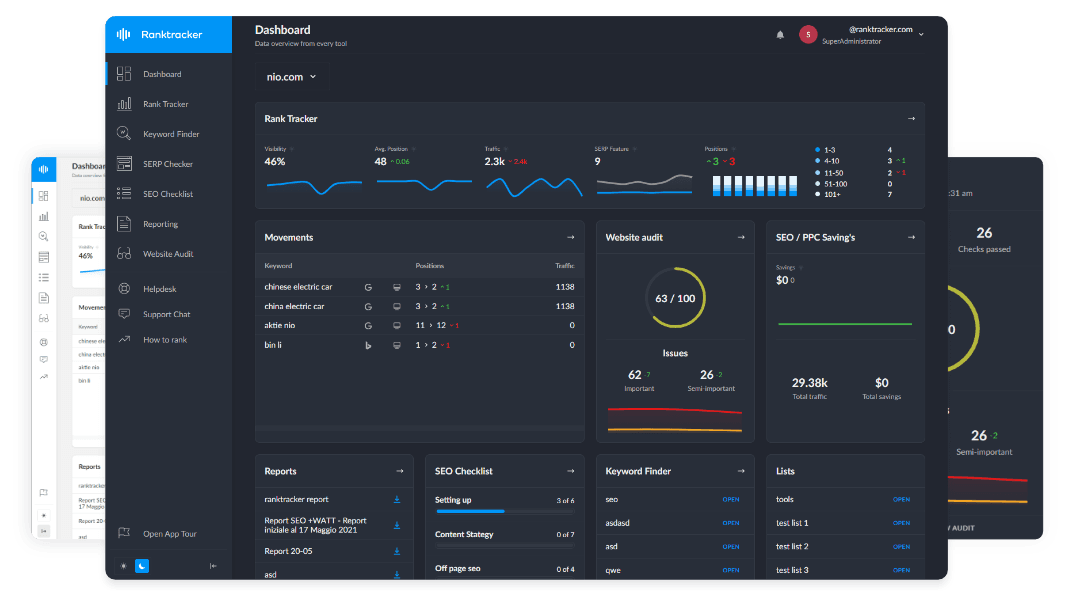Intro
Keyword Difficulty refers to the level of competition for ranking on search engines for a specific keyword. Higher difficulty keywords typically require more effort and resources to rank well.
Factors Influencing Keyword Difficulty:
- Number of competing websites
- Domain authority (DA) or domain rating (DR)
- Backlink profile strength
What Is Quality Threshold?
Quality Threshold refers to the minimum content quality required by search engines like Google for content to rank. Meeting this threshold involves creating relevant, authoritative, and valuable content.
Factors Affecting Quality Threshold:
- Content relevance to user intent
- Expertise, Authority, Trustworthiness (E-A-T)
- Content depth and comprehensiveness
Keyword Difficulty vs. Quality Threshold: Key Differences
1. Competition vs. Content Quality
- Keyword Difficulty: Measures competition and backlink strength.
- Quality Threshold: Measures relevance, depth, and value.
2. SEO Strategy Focus
- Keyword Difficulty: Prioritizes off-page SEO, backlinks, and authority building.
- Quality Threshold: Prioritizes on-page SEO, content value, and user satisfaction.
3. Impact on Rankings
- High Keyword Difficulty: Requires more time, backlinks, and resources to rank.
- High-Quality Threshold: Directly impacts rankings by satisfying user intent and Google's content quality standards.
How to Balance Keyword Difficulty & Quality Threshold
✅ Conduct Comprehensive Keyword Research
- Target a blend of low, medium, and high-difficulty keywords aligned with your quality capabilities.
✅ Prioritize Content Quality
- Create comprehensive, authoritative, and engaging content to easily surpass Google's quality threshold.
✅ Leverage Topic Clusters and Internal Linking
- Strengthen your content authority by interlinking related topics.
✅ Build Strategic Backlinks
- For high-difficulty keywords, complement content quality with targeted backlink-building campaigns.
Best Practices to Optimize Keyword & Content Quality
1. Choose Keywords Based on Your Domain’s Authority
- Align keyword targets with your current website authority level.
2. Ensure Comprehensive Content Coverage
- Address all aspects of the keyword/topic to meet quality thresholds.
3. Regularly Monitor and Adjust Strategy
- Use analytics tools to track keyword performance, content relevance, and rankings.
Tools for Evaluating Keyword Difficulty & Quality Threshold
- Ranktracker Keyword Finder – Evaluate keyword difficulty accurately.
- Google Search Console – Monitor content quality and performance.
- Ahrefs & SEMrush – Competitive analysis and content optimization.
Conclusion: Striking the Right Balance for SEO Success
Balancing keyword difficulty and content quality thresholds is critical for sustainable SEO success. Prioritizing comprehensive, high-quality content while strategically targeting appropriate keywords can lead to better rankings, increased traffic, and improved user engagement.

